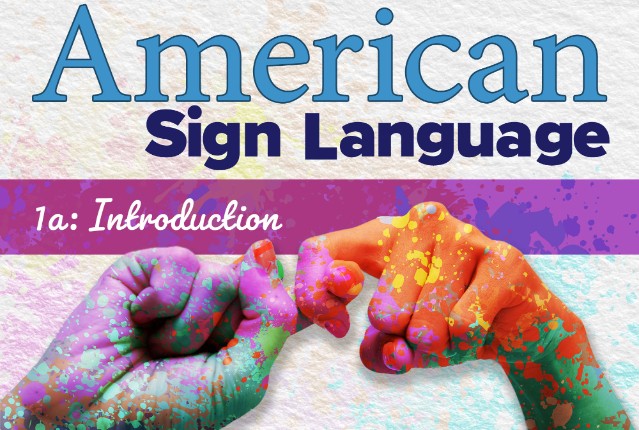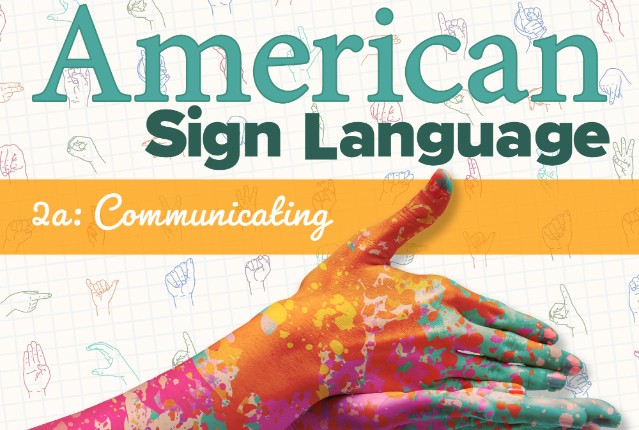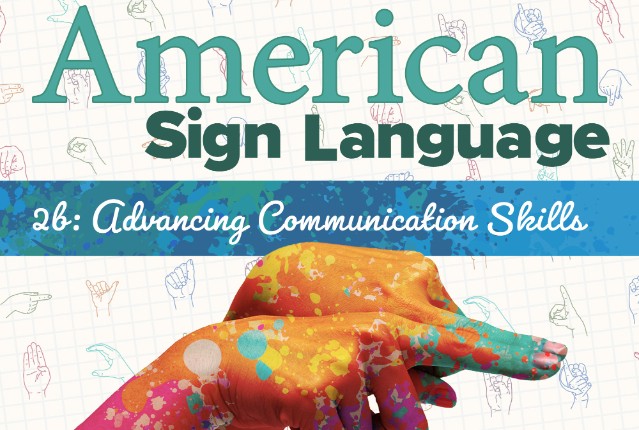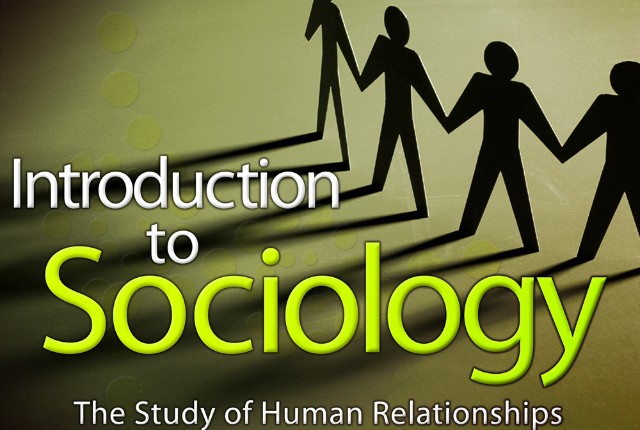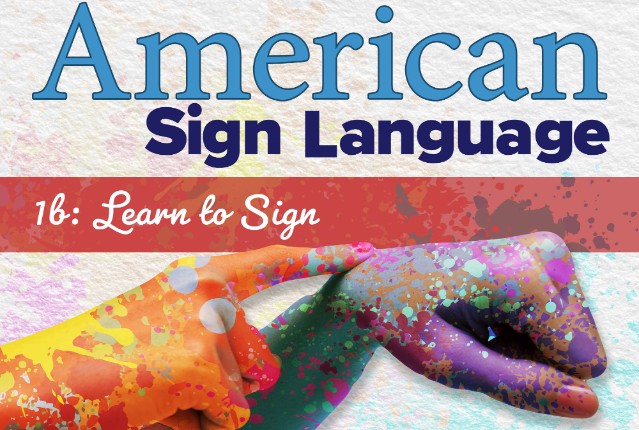
American Sign Language 1b: Learn to Sign
The predominant sign language of Deaf communities in the United States, American Sign Language, is complex and robust. Discover more of this language and its grammatical structures through expanding your vocabulary with acquiring hundreds of new signs. Additionally, explore interesting topics like Deaf education and Deaf arts and culture, and learn about careers where you can use your ASL skills.
Review course outlineAccess for a year
USD 299.00*
* Choose more courses to get a discount
